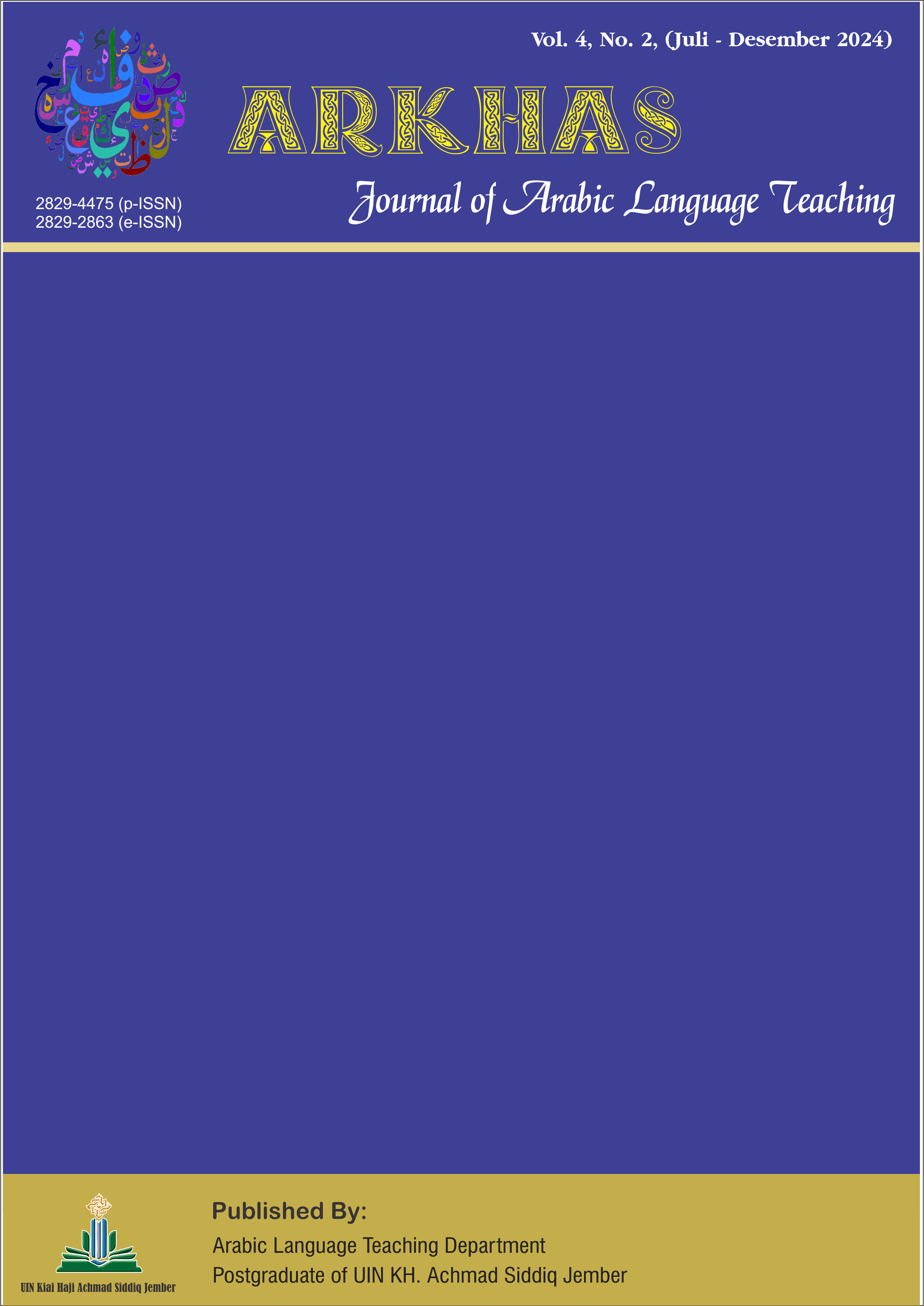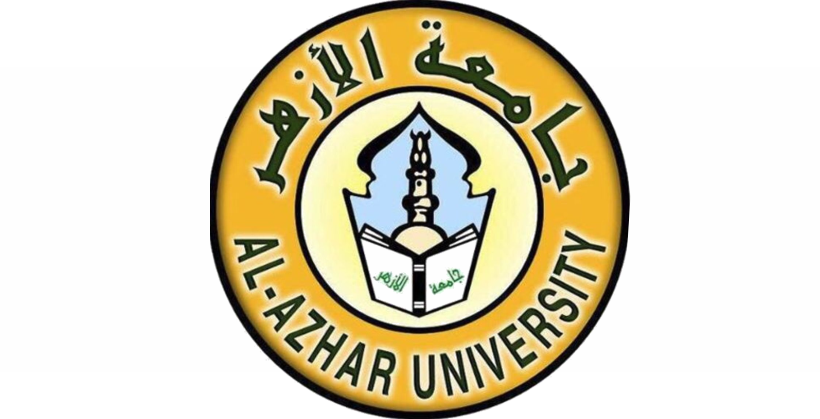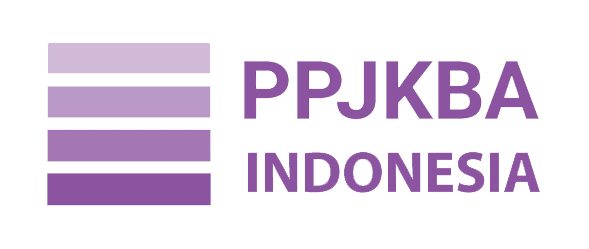الدراسة التحليلية الصرفية عن الأفعال الثلاثية المزيدة في نظم شعب الإيمان
A Morphological and Analytical Study of Augmented Triliteral Verbs in Nuzum Sha‘b al-Iman
DOI:
https://doi.org/10.35719/arkhas.v5i1.2327Keywords:
الافعال الثلاثي المزيدة, شعب الايمان, التحليلية الصرفية, Fi’il Tsulatsi Mazid, Syu’abul Iman, Morphological Analysis, ShorrofAbstract
Shorof (Arabic morphology) plays a crucial role in Arabic grammar by transforming the root of a word into various derived forms to convey precise meanings. These morphological changes are essential for accurate and contextually appropriate communication. As a fundamental branch of Arabic linguistics, the study of shorof enables a deeper understanding of word formation and structural modification, ensuring linguistic accuracy and fluency. This study focuses on analyzing the application of fi‘l tsulāthī mazīd (augmented triliteral verbs) and identifying their errors in the poem Nadzom Syu‘abul Īmān by KH. Zaini Mun‘im, which comprises 314 stanzas. Employing a qualitative descriptive approach, the research gathers data from both primary and secondary sources. The primary data include Nadzom Syu‘abul Īmān, Al-Amtsilah at-Tashrīfiyyah, and Mulakhkhaṣ Qawā‘id al-Lughah al-‘Arabiyyah, while the secondary data consist of relevant literature on augmented triliteral verbs and morphological errors. Data were collected through documentation, reading, and note-taking, and analyzed using Miles and Huberman’s interactive model. The findings reveal 79 instances of fi‘l tsulāthī mazīd distributed across seven awzān (patterns): fā‘ala, fa‘‘ala, af‘ala, ifta‘ala, tafa‘‘ala, infa‘ala, and istaf‘ala. Additionally, 20 errors were identified across these patterns, with varying frequencies depending on the morphological form.
يلعب علم الصرف دورًا حاسمًا في النحو العربي من خلال تحويل جذر الكلمة إلى صيغ مختلفة للتعبير عن معانٍ دقيقة ومحددة. وتُعد هذه التحولات الصرفية ضرورية لتحقيق التواصل اللغوي السليم والدقيق في السياق. وباعتباره أحد الفروع الأساسية في علم اللغة العربية، فإن دراسة الصرف تُسهم في فهم أعمق لبنية الكلمة وآليات اشتقاقها، بما يضمن سلامة التعبير والطلاقة اللغوية. يهدف هذا البحث إلى تحليل تطبيق الأفعال الثلاثية المزيدة (fi‘l tsulāthī mazīd) والكشف عن أخطائها في قصيدة نظم شعب الإيمان للشيخ زيني منعم، التي تتكون من 314 بيتًا شعريًا. استخدمت الدراسة المنهج الوصفي النوعي، حيث تم جمع البيانات من مصادر أولية وثانوية. وتشمل المصادر الأولية: نظم شعب الإيمان، وكتاب الأمثلة التصريفية، وملخص قواعد اللغة العربية، بينما تتضمن المصادر الثانوية الدراسات الأدبية واللغوية المتعلقة بالأفعال الثلاثية المزيدة وأخطائها الصرفية. تم جمع البيانات من خلال التوثيق والقراءة الدقيقة وتدوين الملاحظات، ثم تحليلها وفق نموذج مايلز وهوبرمان للتحليل التفاعلي للبيانات. أظهرت النتائج وجود 79 فعلاً ثلاثيًا مزيدًا موزعة على سبعة أوزان صرفية هي: فاعل، فعّل، أفعل، افتعل، تفعّل، انفعل، واستفعل. كما تم تحديد عشرين خطأً صرفيًا ضمن هذه الأوزان، تتفاوت في تكرارها بحسب النمط الصرفي المستخدم.
References
Abdul-Raof, H. (2017). New Horizons in Qur’anic linguistics: A syntactic, semantic and stylistic analysis. In New Horizons in Qur’anic Linguistics: A Syntactic, Semantic and Stylistic Analysis. Taylor and Francis. https://doi.org/10.4324/9781315670911
Abdullah, H. (2022). Morphological patterns and frequency analysis of augmented triliteral verbs in Surah Al-Baqarah. Journal of Arabic Linguistics and Philology, 10(1), 66–83. https://doi.org/10.32612/jalp.v10i1.204
Al-Khatib, A. (2023). Integrating morphology with pragmatics in Arabic discourse analysis. Arab World Research Journal, 11(2), 54–70. https://doi.org/10.36722/awrj.v11i2.241
Al-Sulaihim, N., Abdalla, F., Mahfoudhi, A., & Shaalan, S. (2024). Development of derivational morphology in Kuwaiti Arabic-speaking children. First Language, 44(5), 449–473. https://doi.org/10.1177/01427237241261793
Asli-Badarneh, A., & Leikin, M. (2019). Morphological ability among monolingual and bilingual speakers in early childhood: The case of two Semitic languages. International Journal of Bilingualism, 23(5), 1087–1105. https://doi.org/10.1177/1367006918781079
Atman Said, S. (n.d.). Pengelolaan Lingkungan Berbahasa Arab Dalam Meningkatkan Kemampuan Berbicara Siswa Madrasah Aliyah Insan Cendikia Halmahera Barat. Jurnal Ilmiah Wahana Pendidikan, Januari, 2022(1), 600–608. https://doi.org/10.5281/zenodo.7554152
Baalbaki, R. (2006). Visual influences on Arabic linguistic sciences. Medieval History Journal, 9(1), 37–61. https://doi.org/10.1177/097194580500900103
Bahr, R. H., Silliman, E. R., & Berninger, V. W. (2020). Derivational morphology bridges phonology and orthography: Insights into the development of word-specific spellings by superior, average, and poor spellers. Language, Speech, and Hearing Services in Schools, 51(3), 640–654. https://doi.org/10.1044/2020_LSHSS-19-00090
Bakker, B. (2020). Learning arabic vocabulary: The effectiveness of teaching vocabulary and vocabulary learning strategies. Journal of Higher Education Theory and Practice, 20(10), 190–202. https://doi.org/10.33423/jhetp.v20i10.3662
Bans-Akutey, A., & Tiimub, B. M. (2021). Triangulation in research. In Academia Letters. researchgate.net. https://www.researchgate.net/profile/Benjamin-Tiimub-2/publication/355425953_Triangulation_in_Research/links/616fd0f1b148a924b8013beb/Triangulation-in-Research.pdf
Bell, E., Bryman, A., & Harley, B. (2022). Business research methods. books.google.com. https://books.google.com/books?hl=en&lr=&id=hptjEAAAQBAJ&oi=fnd&pg=PP1&dq=answer+and+question+method&ots=Ddll3bzZ2E&sig=iD-QelB_6crDDstRfTTWwXvpMi0
Björklund, J., Drewes, F., & Jonsson, A. (2023). Generation and Polynomial Parsing of Graph Languages with Non-Structural Reentrancies. Computational Linguistics, 49(4), 841–882. https://doi.org/10.1162/coli_a_00488
Creswell, J. W., & Poth, C. N. (2016). Qualitative inquiry and research design: Choosing among five approaches. books.google.com. https://books.google.com/books?hl=en&lr=&id=DLbBDQAAQBAJ&oi=fnd&pg=PP1&dq=creswell+qualitative+inquiry+and+research+design&ots=-iq25gHPSy&sig=UdJFed-RbiFu0QfJK6jThUhS4xI
Dugalich, N. M. (2020). Universal and culturally specific features and linguistic peculiarities of the political cartoon in the Arabic and French languages. RUDN Journal of Language Studies, Semiotics and Semantics, 11(3), 479–495. https://doi.org/10.22363/2313-2299-2020-11-3-479-495
Halcomb, E. J., & Hickman, L. (2015). Mixed methods research. ro.uow.edu.au. https://ro.uow.edu.au/smhpapers/2656/
Hamada, S., & Hamada, S. (2019). An Approach for Automatic Detection of Quran Quotation (DQQ) in Arabic Texts. ACCS/PEIT 2019 - 2019 6th International Conference on Advanced Control Circuits and Systems and 2019 5th International Conference on New Paradigms in Electronics and Information Technology, 15–22. https://doi.org/10.1109/ACCS-PEIT48329.2019.9062853
Hashem, R. A. (2021). The Quest for NLP Applications and Tools: The Case of Standard Arabic and the Dialects. In X. D., J. R., L. Y., D. M., & L. H. (Eds.), 2021 International Conference on Asian Language Processing, IALP 2021 (pp. 222–228). Institute of Electrical and Electronics Engineers Inc. https://doi.org/10.1109/IALP54817.2021.9675225
Hassan, R. (2024). Morphological symbolism and theological meaning in Al-Durr al-Bahiyyah: A linguistic-semiotic approach. Arab Journal of Language and Literature, 12(2), 55–73. https://doi.org/10.36722/ajll.v12i2.275
Kaipa, R. M., Kennison, S. M., & Rudra, P. (2024). Sentence processing in monolinguals and trilinguals. Speech, Language and Hearing. https://doi.org/10.1080/2050571X.2024.2334562
Kantor, B. P. (2023). The standard language ideology of the Hebrew and Arabic Grammarians of the ’Abbasid Period. In The Standard Language Ideology of the Hebrew and Arabic Grammarians of the ’Abbasid Period. Open Book Publishers. https://doi.org/10.11647/OBP.0382
Laws, J. (2019). Profiling complex word usage in the speech of preschool children: Frequency patterns and transparency characteristics. First Language, 39(6), 593–617. https://doi.org/10.1177/0142723719872669
Prayogi, R. D., & Shobron, S. (2020). Arabic as Second Language of Educated Generation. Ittishal Educational Research Journal, 1(1), 13–25. https://doi.org/10.51425/ierj.v1i1.2
Qadi, L. A., Rifai, H. E., Obaid, S., & Elnagar, A. (2019). Arabic text classification of news articles using classical supervised classifiers. 2019 2nd International Conference on New Trends in Computing Sciences, ICTCS 2019 - Proceedings. https://doi.org/10.1109/ICTCS.2019.8923073
Rahman, A. (2023). Semantic aspects of augmented verb forms in the Qur’an: A contextual study of Surah An-Nahl. Qur’anic Studies and Arabic Linguistics Journal, 9(3), 142–160. https://doi.org/10.34512/qsaj.v9i3.152
Rahman, A. (2024). Mixed methods in Arabic linguistic research: A methodological synthesis. Journal of Applied Arabic Studies, 9(1), 33–48. https://doi.org/10.32510/jaas.v9i1.189
Rifki, A., Mudlofir, A., & Muflihah, M. (2023). ANALISA REDUPLIKASI & MODIFIKASI INTERNAL DALAM BAHASA ARAB DAN BAHASA INDONESIA. In Al Mi’yar: Jurnal Ilmiah Pembelajaran Bahasa Arab dan Kebahasaaraban (Vol. 6, Issue 2, p. 471). Sekolah Tinggi Ilmu Qur an Amuntai. https://doi.org/10.35931/am.v6i2.2574
Riswan, J., & Lesmana, M. (2021). Understanding the characteristics of Arabic store signboards in Cisarua, Bogor, West Java, Indonesia. In On Language, Education, Politics, and Identity: A Cross-Linguistics Perspective (pp. 65–77). Nova Science Publishers, Inc. https://www.scopus.com/inward/record.uri?eid=2-s2.0-85108314626&partnerID=40&md5=52e6a59e7f80fba745ec80612ea2f287
Rosenthal, M. (2016). Qualitative research methods: Why, when, and how to conduct interviews and focus groups in pharmacy research. Currents in Pharmacy Teaching and Learning. https://www.sciencedirect.com/science/article/pii/S1877129715301970
Roziqin, A. Z., & Hikmah, K. (2023). Application of Demonstration Method in Learning Maharah Kalam in the Darussalam School Lawang Malang. In Indonesian Journal of Education Methods Development (Vol. 18, Issue 3). Universitas Muhammadiyah Sidoarjo. https://doi.org/10.21070/ijemd.v21i3.750
Rozov, V. A. (2020). Evidentiality in the language of the Quran in the light of the sacred nature of the text. Christianity in the Middle East, 2020(3), 80–91. https://doi.org/10.24411/2587-9316-2020-10020
Sawalha, M., Alshargi, F., Alshdaifat, A., Yagi, S., & Qudah, M. A. (2019). Construction and annotation of the jordan comprehensive contemporary arabic corpus (jcca). ACL 2019 - 4th Arabic Natural Language Processing Workshop, WANLP 2019 - Proceedings of the Workshop, 148–157. https://www.scopus.com/inward/record.uri?eid=2-s2.0-85112453122&partnerID=40&md5=d73e947c007550445c121eee7844ea74
Schmitt, G. A. (2019). Relevance of Arabic dialects: A brief discussion. In Handbook of the Changing World Language Map (Vol. 1, pp. 1383–1398). Springer International Publishing. https://doi.org/10.1007/978-3-030-02438-3_79
Sellami-Baklouti, A. (2021). Transitivity-ergativity perspectives on causation in legal texts: A contrastive study of Arabic and English website terms of service. Lingua, 261. https://doi.org/10.1016/j.lingua.2019.102782
Singh, G., Bhandari, R., & Singh, P. (2024). Development and Implementation of a Novel Hybrid Stemmer for Punjabi NLP: Integrating Rule-Based and Dictionary-Based Algorithms. 2024 International Conference on Advances in Modern Age Technologies for Health and Engineering Science, AMATHE 2024. https://doi.org/10.1109/AMATHE61652.2024.10582252
Stezhko, Y. (2023). Philosophy of Postmodernism as a Marker of Modern Linguistic Methodology of Research on Interlinguistic Communication. Filosofija, Sociologija, 34(3), 261–268. https://doi.org/10.6001/fil-soc.2023.34.3.6
Tomaszewski, L. E., Zarestky, J., & Gonzalez, E. (2020). Planning Qualitative Research: Design and Decision Making for New Researchers. International Journal of Qualitative Methods, 19, 1–7. https://doi.org/10.1177/1609406920967174
Yagi, S., Elnagar, A., & Fareh, S. (2023). A benchmark for evaluating Arabic word embedding models. Natural Language Engineering, 29(4), 978–1003. https://doi.org/10.1017/S1351324922000444
Yousef, N. (2025). Living texts in Arabic morphology instruction: Bridging rules and application. Teaching Arabic as a Foreign Language Journal, 16(2), 72–90. https://doi.org/10.36219/taflj.v16i2.315
Downloads
Published
How to Cite
Issue
Section
License
Copyright (c) 2025 Saidah Muniroh, Muhammad Faisol, Ma'rifah Munjiah

This work is licensed under a Creative Commons Attribution 4.0 International License.












